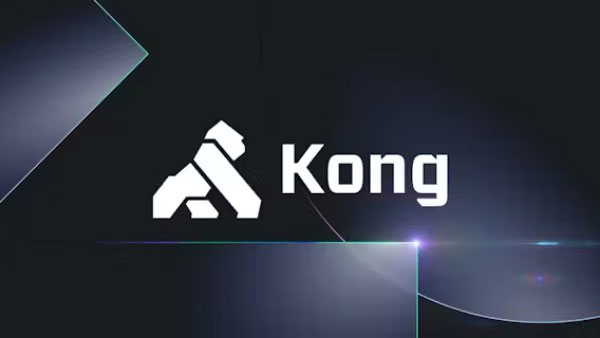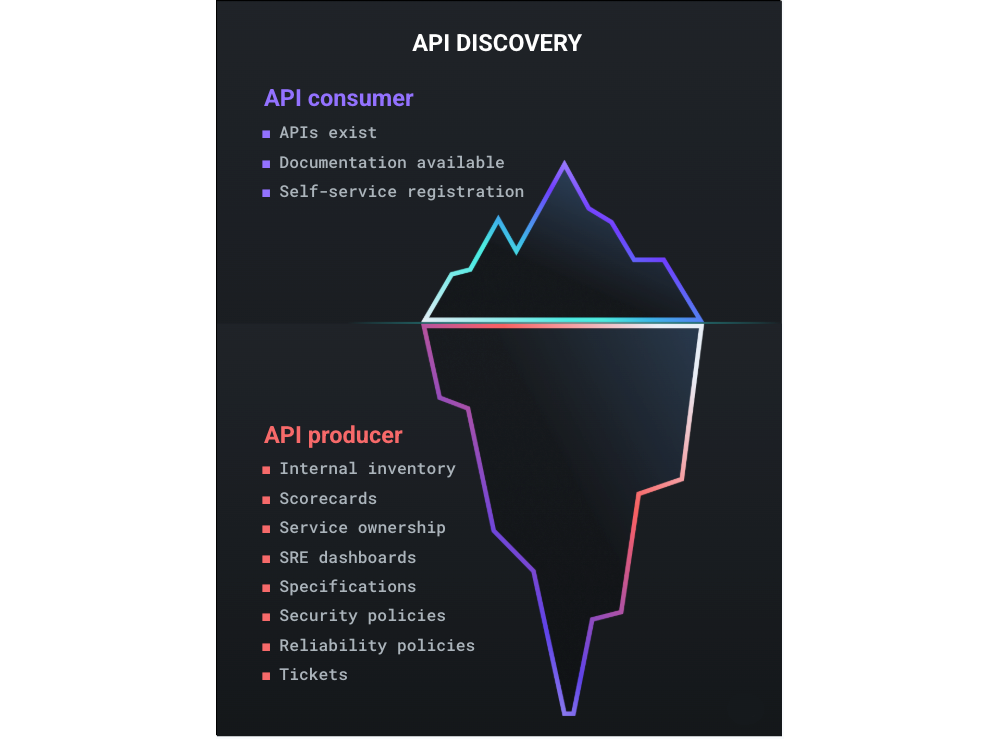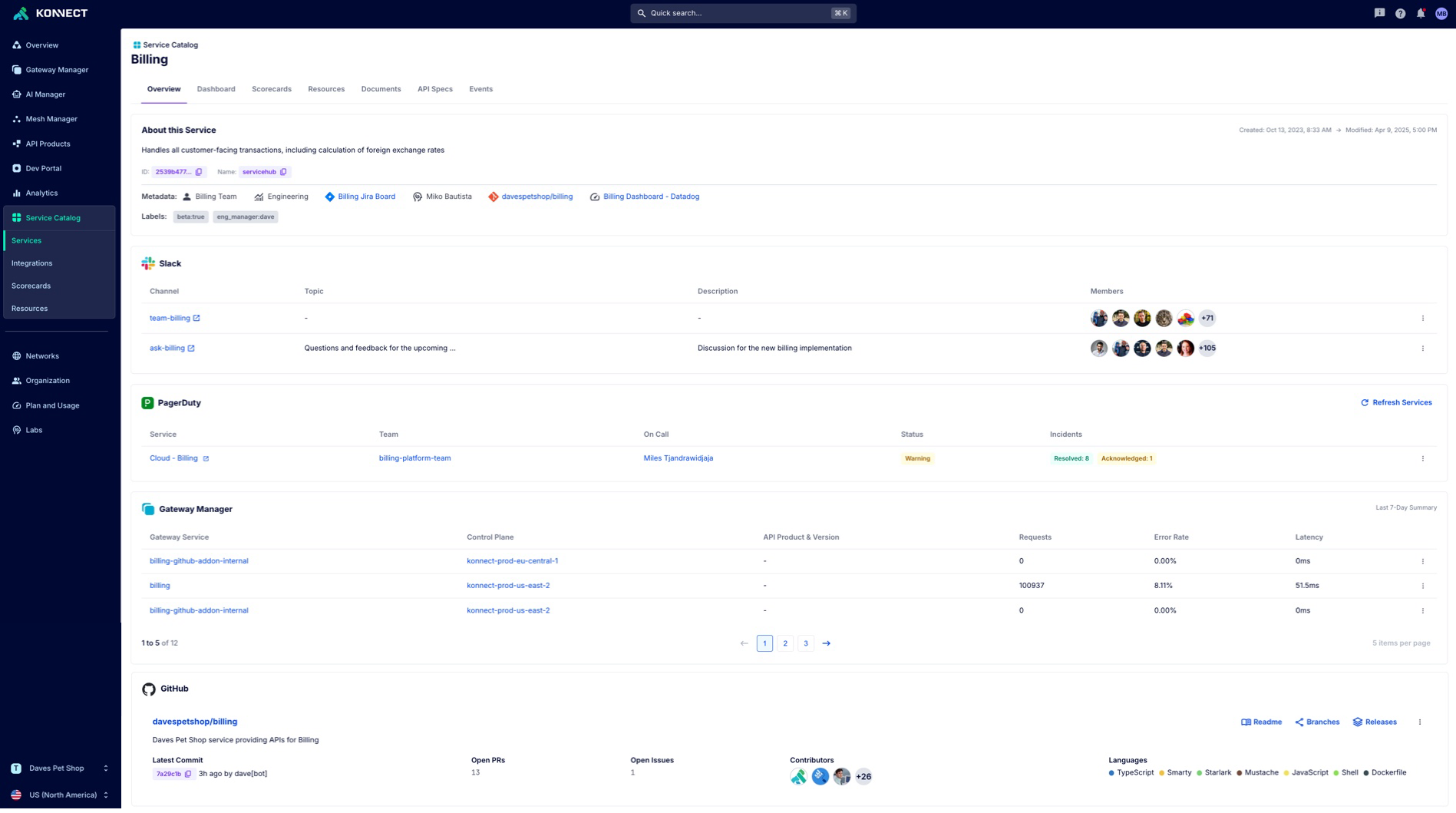We’re excited to announce that our API discovery vision is now a reality with the GA releases of both the new Kong Konnect Developer Portal and Konnect Service Catalog! Using these two products as a unified discovery layer in your API platform, you can finally address both sides of API discovery in a single, unified platform.
In this blog, we’ll cover:
- What do we mean by the two sides of API discovery?
- How you can prioritize both with Konnect Developer Portal and Konnect Service Catalog
What do we mean by the two sides of API discovery?
As enterprise teams are creating APIs faster than ever using various implementations like REST, GraphQL, Kafka, and more and across different environments, platforms, and tooling, we’ve observed organizations come to the realization — as the problem is actively unfolding — that they’re dealing with API sprawl and don’t have the comprehensive visibility into their complex API ecosystem they require.
The market — and many organizations — have addressed this problem with things like Developer Portals. And they should. But this hasn’t been enough to solve for all of the API discovery and governance challenges posed by this growing, heterogenous API and service landscape.
What's needed is a more holistic approach to API discovery. What we mean by this a prioritization of both sides of API discovery:
At Kong, we have a vision for Kong Konnect to address both sides of the API discovery landscape:
- The API consumer side: To give API consumers what they need to discover APIs for reuse and application development
- The API producer side: To give API producers and owners everything they need to discover APIs and their context to build internal API inventories for security, reliability, and governance sakes
You can think about this using the 90/10 iceberg model, where you only see the top 10 percent of the iceberg when on a boat. This 10 percent might still be a large, important body to be aware of, but the majority of the iceberg is underwater.
In the API discovery universe, this top 10 percent is like the part of the API that you want your API consumers to see. They just need to know which APIs exist, access to API documentation, and seamless ways to test and register their apps to APIs.
The bottom 90 percent is all of the other context that API producers and owners need to know in order to make sure that APIs aren’t going to turn into security, reliability, or quality issues for the business.




